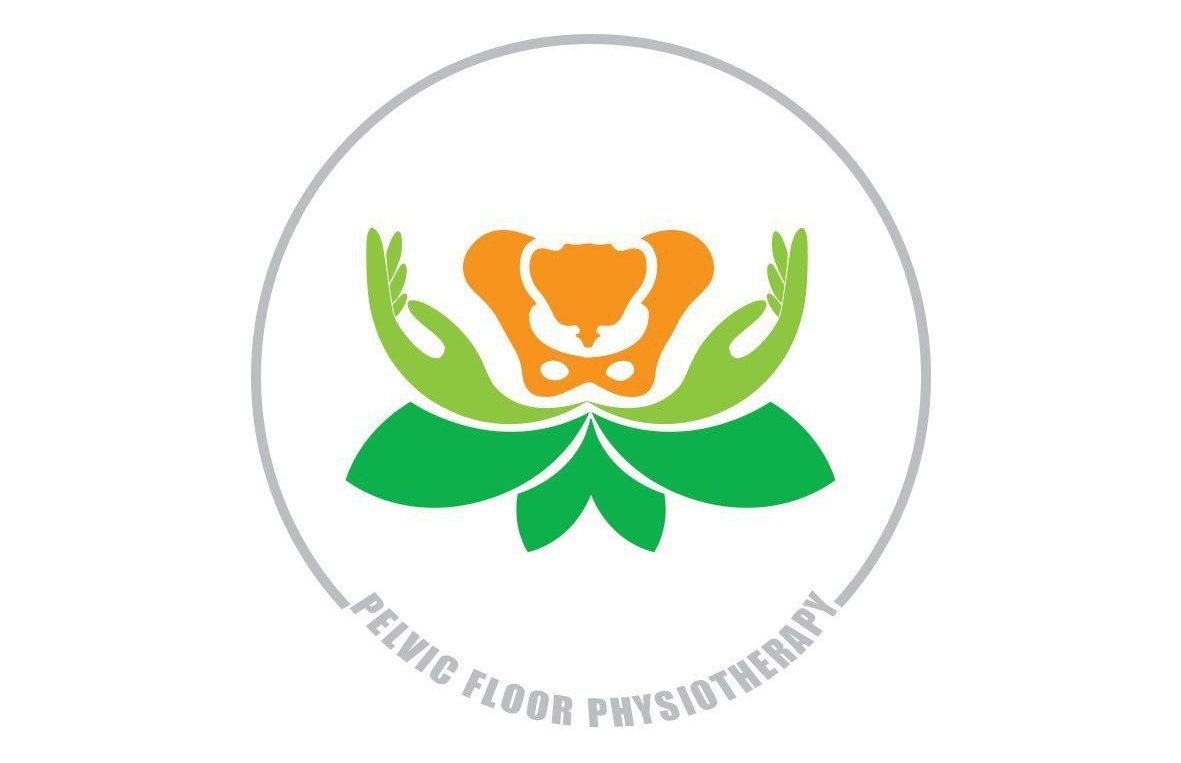-
Maryam Hakimi Abed1 | Behnoosh Vasaghi-Gharamaleki2 |
Mohammad Taghi Ghazavi3 | Afsaneh Nikjooy1AbstractObjectives:
-
There is a functional relationship between the hip joint and the pelvic
floor muscles. In patients with secondary osteoarthritis of the hip, urinary incontinence is also seen. Research has shown that total hip arthroplasty (THA) surgery
improves the symptoms of urinary incontinence. This prospective cross-sectional
study without a control group was performed on THA candidates with urinary incontinence and secondary osteoarthritis with the aim of investigating the effect of THA
with a direct lateral approach and subsequent routine physiotherapy on the symptoms of urinary incontinence.
Methods:
-
Sampling was performed using a simple method among those referred to
orthopedic clinics in the private sector. Data were collected in all patients before and
3 months after THA using demographic, International Consultation on Incontinence
Questionnaire-Short Form (ICIQ-SF), Western Ontario and McMaster Universities
Osteoarthritis Index (WOMAC), and hip range of motion record tables. The results
are presented as mean with standard deviation.
Results:
-
In this study, 16 men with a mean age of 76.75 years (±4.65) and 8 women
with a mean age of 72.75 years (±7.32) participated. Before THA, stress urinary
incontinence (54.16%) and urgency urinary incontinence (20.83%) had the highest
frequency. However, after THA, the frequency of stress and urgency urinary incontinence decreased (16.66% and 8.33%, respectively). According to the results of the
ICIQ, complete improvement of urinary incontinence symptoms was observed in up
to 62.5% of the subjects. After THA, there was a significant difference between the
mean total score obtained from the WOMAC questionnaire compared to before surgery. There was a significant improvement in the range of motion of the hip joint in
all directions.
Conclusions:
-
THA and routine hip physiotherapy in patients with urinary incontinence and secondary hip osteoarthritis have a significant positive effect on improving
symptoms of urinary incontinence and hip function. In addition, it significantly
improves the ICIQ and WOMAC questionnaire scores.
KEYWORDS
International Consultation on Incontinence Questionnaire-Short Form (ICIQ-SF), total hip
arthroplasty, urinary incontinence, Western Ontario and McMaster Universities Osteoarthritis
Index (WOMAC)
Received: 9 June 2022 Revised: 3 October 2022 Accepted: 6 October 2022
DOI: 10.1111/luts.12466
-
Lower Urinary Tract Symptoms. 2022;1–5. wileyonlinelibrary.com/journal/luts © 2022 John Wiley & Sons Australia, Ltd
-
Downlaod Full Article
Hip dysfunction-related urinary incontinence and total hip arthroplasty with the direct lateral approach
Abstract
Objectives: There is a functional relationship between the hip joint and the pelvic
floor muscles. In patients with secondary osteoarthritis of the hip, urinary incontinence is also seen. Research has shown that total hip arthroplasty (THA) surgery
improves the symptoms of urinary incontinence. This prospective cross-sectional
study without a control group was performed on THA candidates with urinary incontinence and secondary osteoarthritis with the aim of investigating the effect of THA
with a direct lateral approach and subsequent routine physiotherapy on the symptoms of urinary incontinence.
Methods: Sampling was performed using a simple method among those referred to
orthopedic clinics in the private sector. Data were collected in all patients before and
3 months after THA using demographic, International Consultation on Incontinence
Questionnaire-Short Form (ICIQ-SF), Western Ontario and McMaster Universities
Osteoarthritis Index (WOMAC), and hip range of motion record tables. The results
are presented as mean with standard deviation.
Results: In this study, 16 men with a mean age of 76.75 years (±4.65) and 8 women
with a mean age of 72.75 years (±7.32) participated. Before THA, stress urinary
incontinence (54.16%) and urgency urinary incontinence (20.83%) had the highest
frequency. However, after THA, the frequency of stress and urgency urinary incontinence decreased (16.66% and 8.33%, respectively). According to the results of the
ICIQ, complete improvement of urinary incontinence symptoms was observed in up
to 62.5% of the subjects. After THA, there was a significant difference between the
mean total score obtained from the WOMAC questionnaire compared to before surgery. There was a significant improvement in the range of motion of the hip joint in
all directions.
Conclusions: THA and routine hip physiotherapy in patients with urinary incontinence and secondary hip osteoarthritis have a significant positive effect on improving
symptoms of urinary incontinence and hip function. In addition, it significantly
improves the ICIQ and WOMAC questionnaire scores.
KEYWORDS
International Consultation on Incontinence Questionnaire-Short Form (ICIQ-SF), total hip
arthroplasty, urinary incontinence, Western Ontario and McMaster Universities Osteoarthritis
Index (WOMAC)
Received: 9 June 2022 Revised: 3 October 2022 Accepted: 6 October 2022
DOI: 10.1111/luts.12466
Lower Urinary Tract Symptoms. 2022;1–5. wileyonlinelibrary.com/journal/luts © 2022 John Wiley & Sons Australia, Ltd
